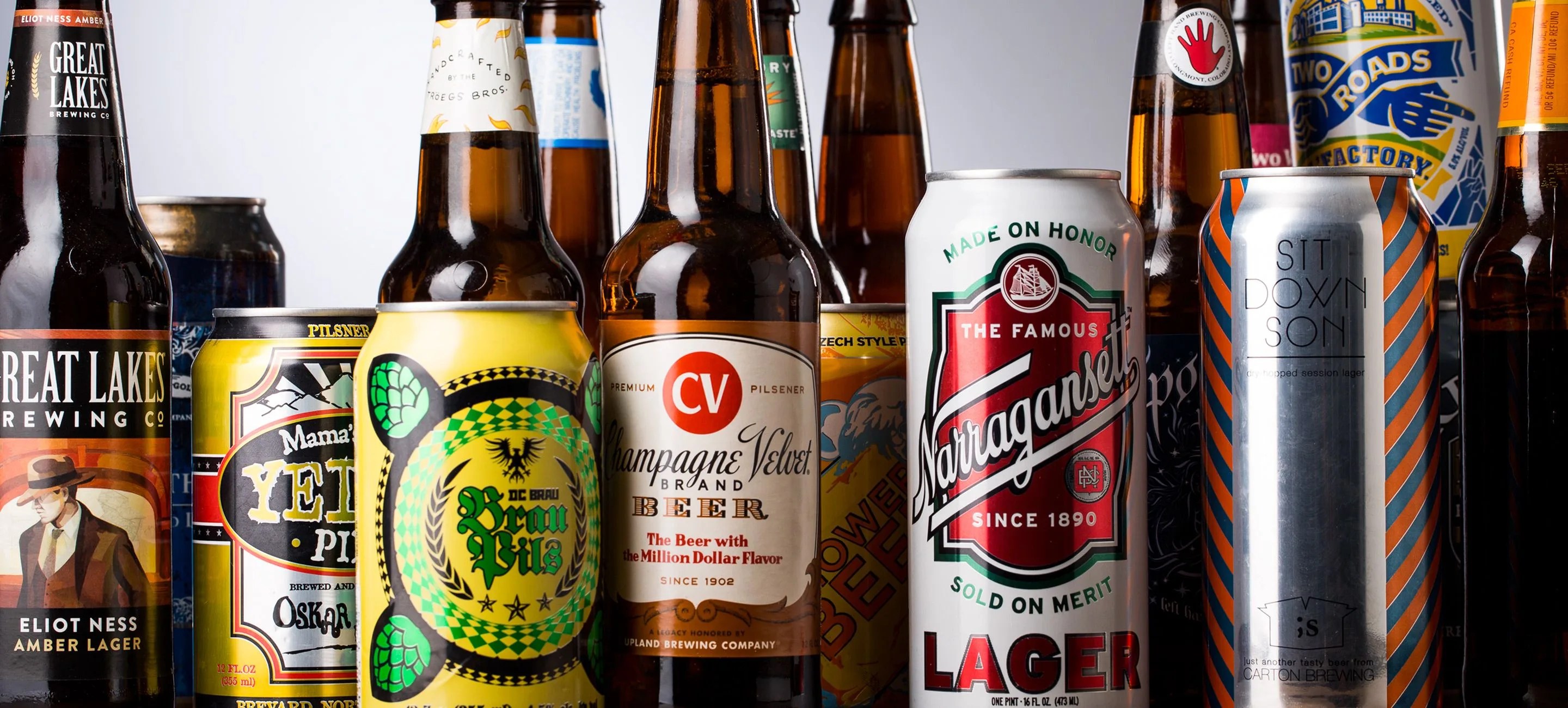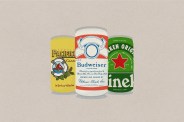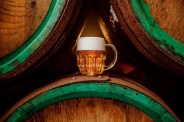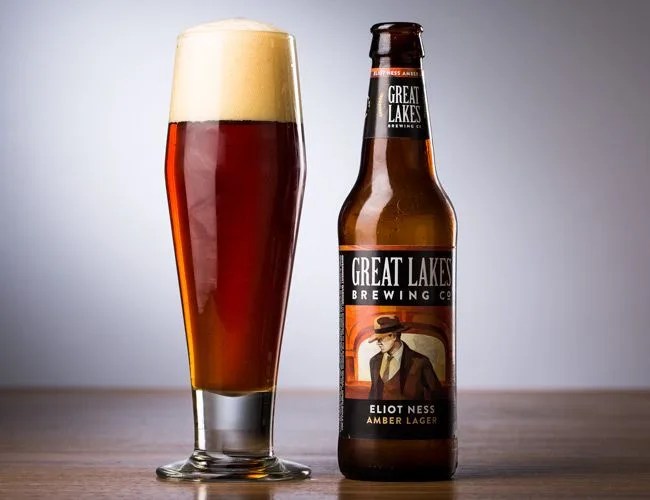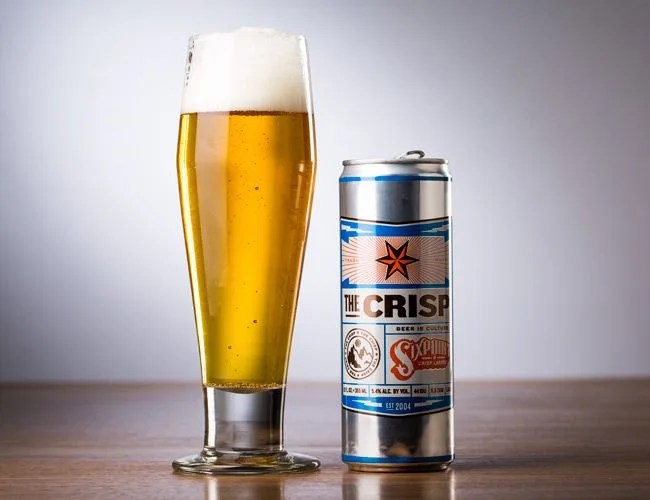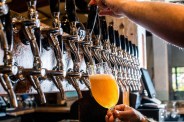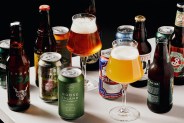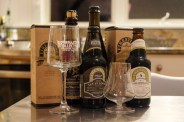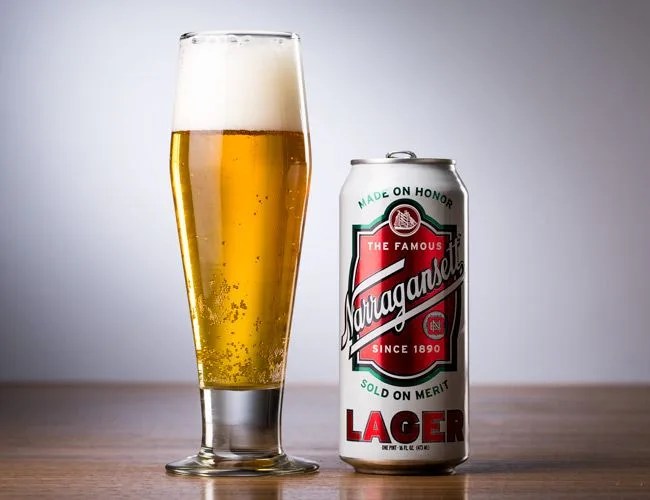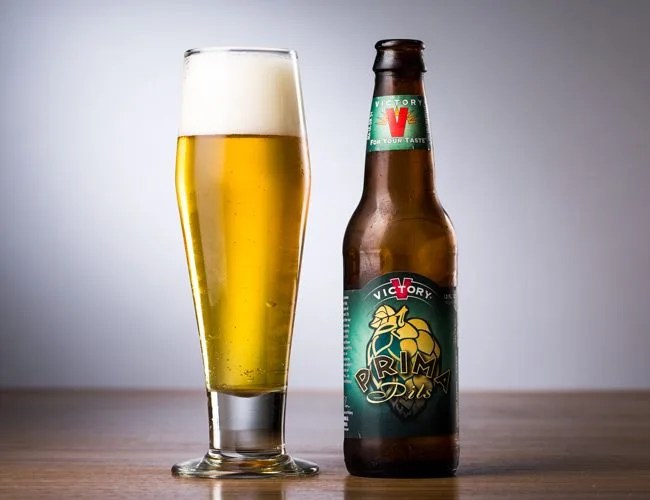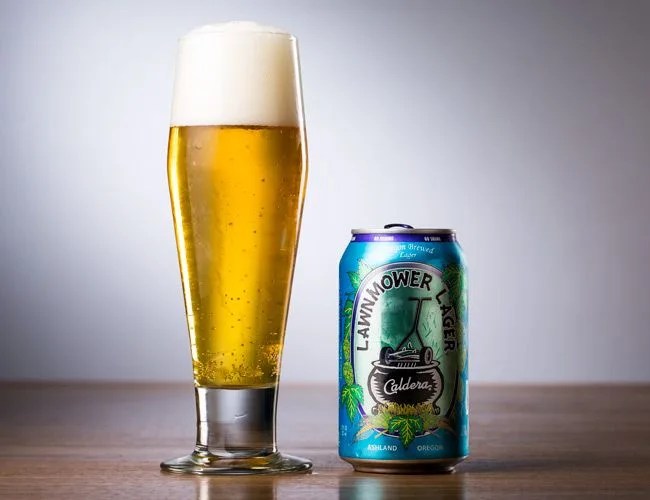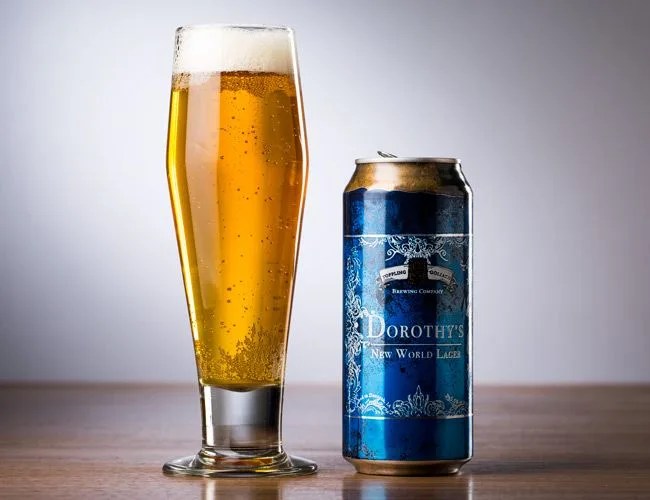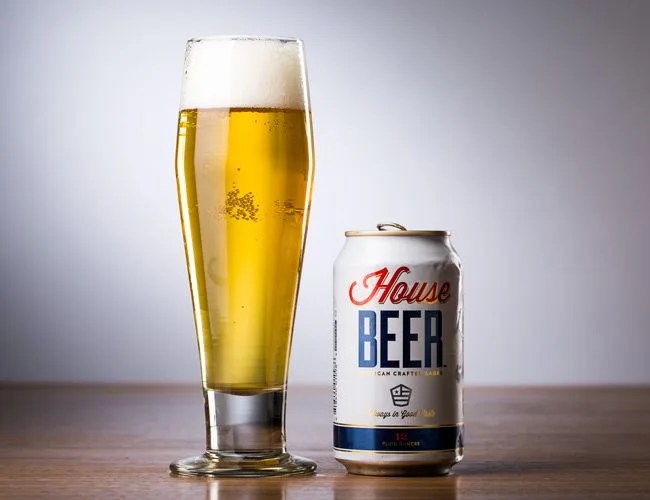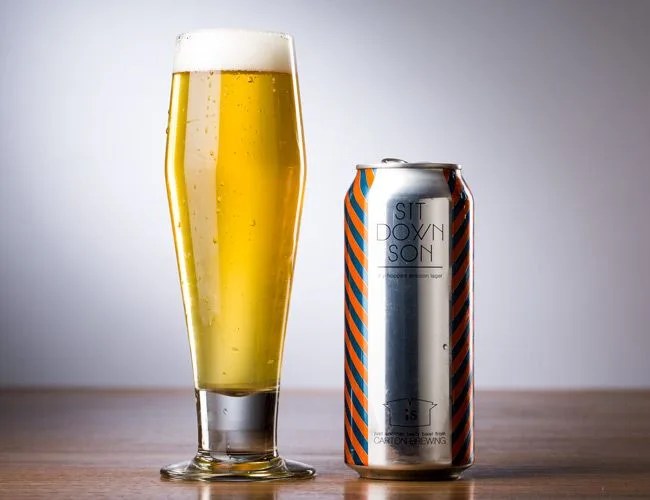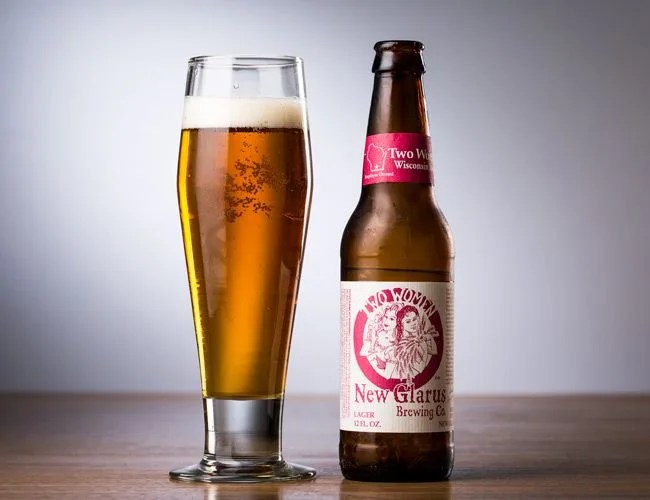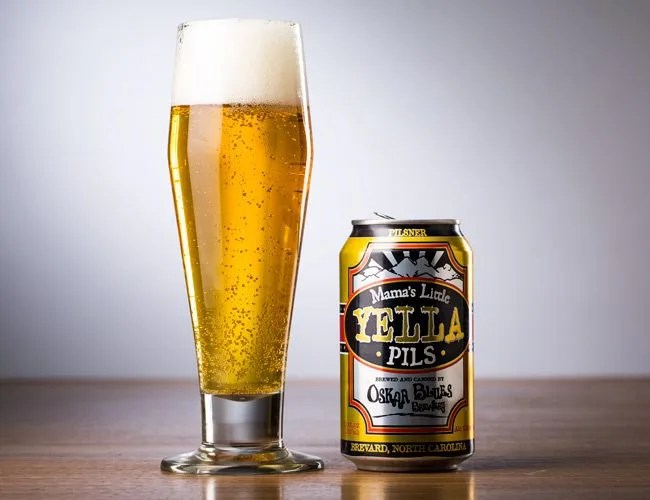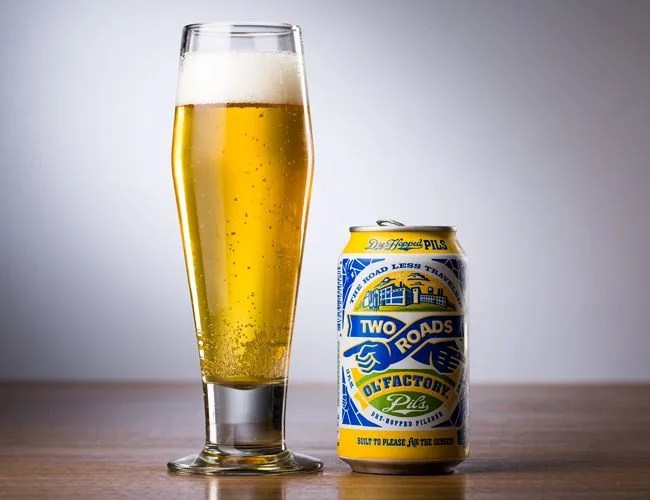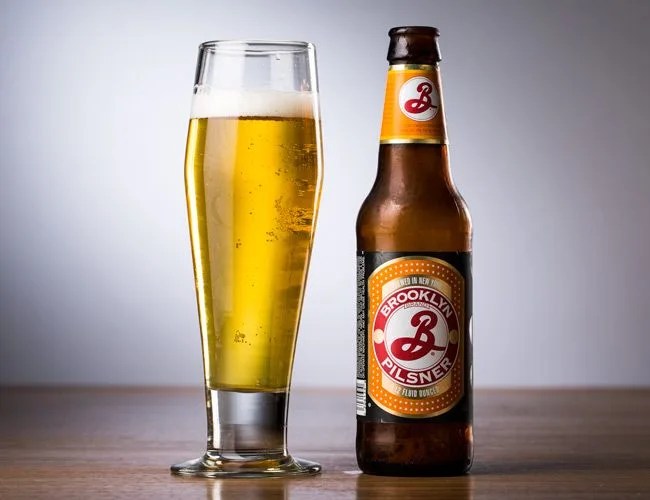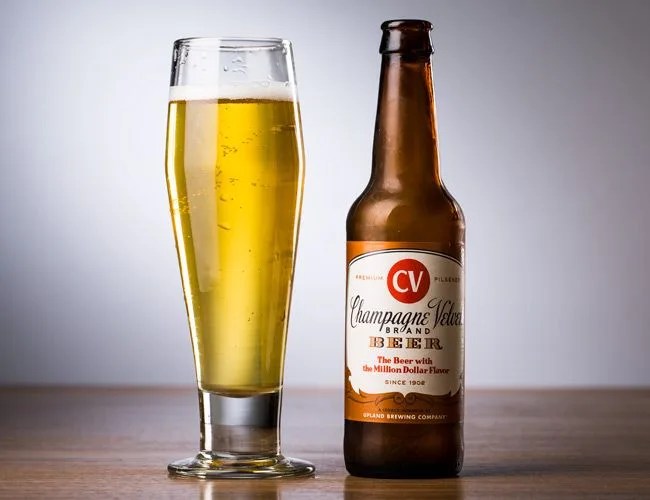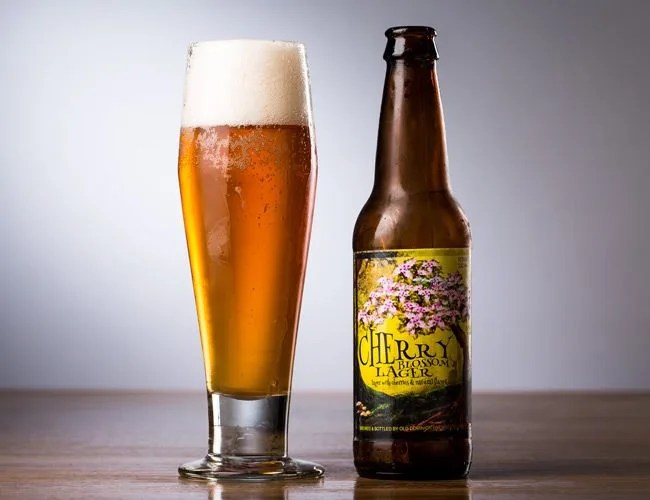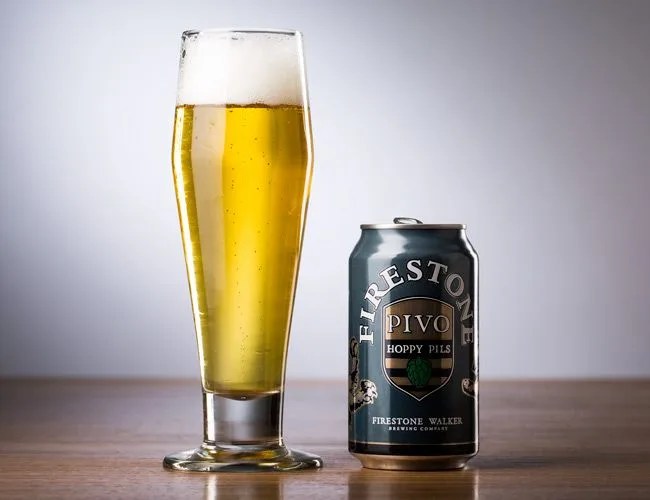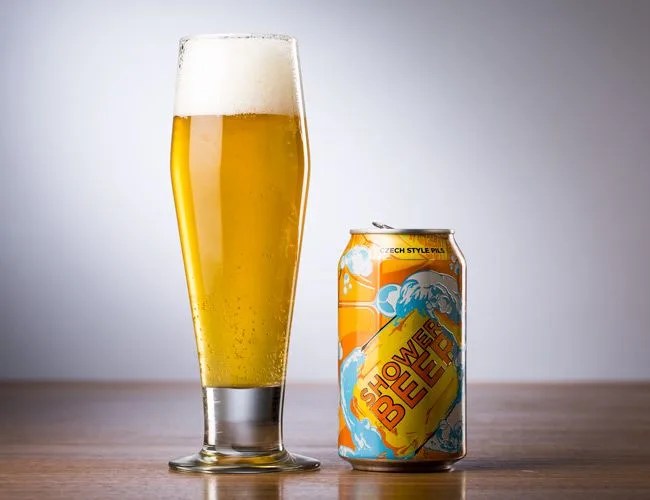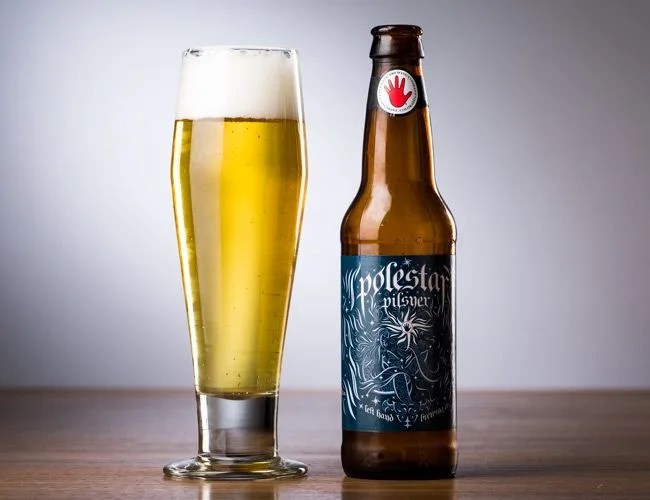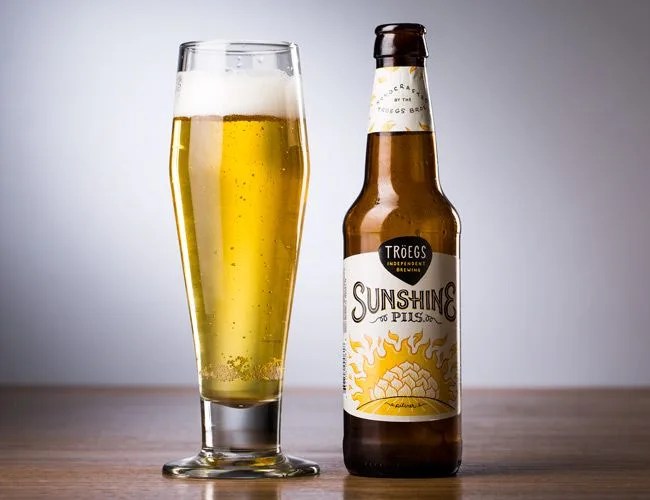The most popular beers in America — Bud Light, Coors Light, Budweiser and Miller Lite — are all types of lager. They’re inherently drinkable: not hoppy, bitter or malty like their IPA counterparts. And despite their mainstream appeal, recent years have seen a big bloom in lagers made by craft breweries, previously the domain of ales.
For craft breweries it’s a win-win scenario. Lacking the hoppy nose or acidic bite that people attribute to craft beer, craft lagers are approachable yet much more flavorful and complex than a Budweiser. “This is not to say that a first-time drinker wouldn’t appreciate the bold roasted flavors, big body of a stout, or the bitter hops of an IPA,” says Mark Hunger, master brewer at Great Lakes Brewing Co. in Cleveland, Ohio. “But in general craft lagers can be great gateways to the wide world of craft beer.”
So what exactly makes a lager? A lager is a beer that’s made with a bottom-fermenting yeast — a yeast that, when it’s done fermenting, drops to the bottom of the tank. An ale, on the other hand, is made with top-fermenting yeast. Ales are also generally fermented at room temperature, while lagers are fermented in cold cellars, usually in the range of 45-55 degrees Fahrenheit. (These are general rules, though. There are outliers in the lager and ale categories.)
It’s important to note that lager is not a type, but rather a family of beers that includes bright lagers, amber lagers, dark lagers, bocks, doppelbocks, kellerbiers, rauchbiers, Oktoberfests and, maybe the most popular, pilsners. There are options. So while the unenlightened may associate lagers with party beers, like Bud Light, Coors Light or Budweiser, there’s a brave new world of lagers out there made by the same brewers behind some of highest-rated IPAs. Below you’ll find a few of our American favorites.
What Makes a Lager a Pilsner?
Matt “Hand Truck” Thrall, director of brewing at Left Hand Brewing Company in Longmont, Colorado: All pilsners are lagers, but not all lagers are pilsners. A lager is any beer fermented with a lager yeast strain and traditionally the ferment is conducted at cooler temperatures. Just as there are bland lagers, there are also very hoppy and/or very malty lagers. A pilsner is a pilsner because of a few reasons, but perhaps most important is the amount of hop character not only in the nose, but also on the palate, as well as the brilliantly clear, golden color and dense, white head.
